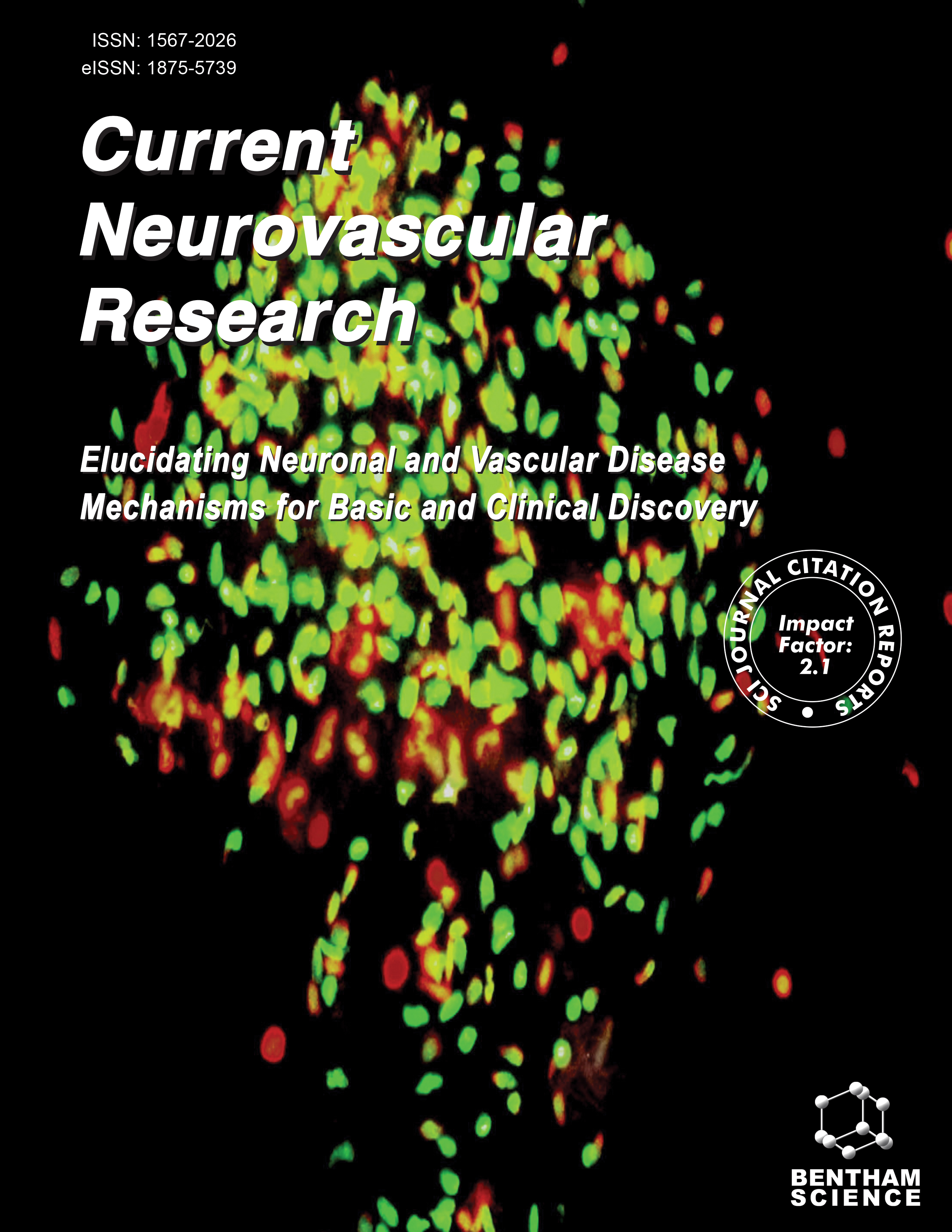
Full text loading...
We use cookies to track usage and preferences.I Understand
The close connection between the brain microvascular endothelial cells (BMECs) that are enclosed within this barrier is the result of an intracellular junction, which is responsible for the constricted connection. The regulation and control of drug delivery systems both require nanoparticles, which are extremely small particles made up of a variety of materials, including polymers, metals, and other chemicals. Nanoparticles are a crucial component of the regulation and control of drug delivery systems. There is a possibility that nanomaterials composed of inorganic chemicals, such as gold nanoparticles, could be utilized in the treatment of neurodegenerative illnesses like Parkinson's disease. In addition to this, they are used as nano-carriers for the aim of distributing drugs to the region of the brain that is being targeted. There are a number of advantages that are easily apparent when compared to other methods of administering drugs for neurological diseases. The current review demonstrates both the advantages and disadvantages of utilizing a wide variety of nanomaterials for brain delivery, as well as the potential impact that this will have in the future on the safety and effectiveness of patient care.

Article metrics loading...

Full text loading...
References


Data & Media loading...

